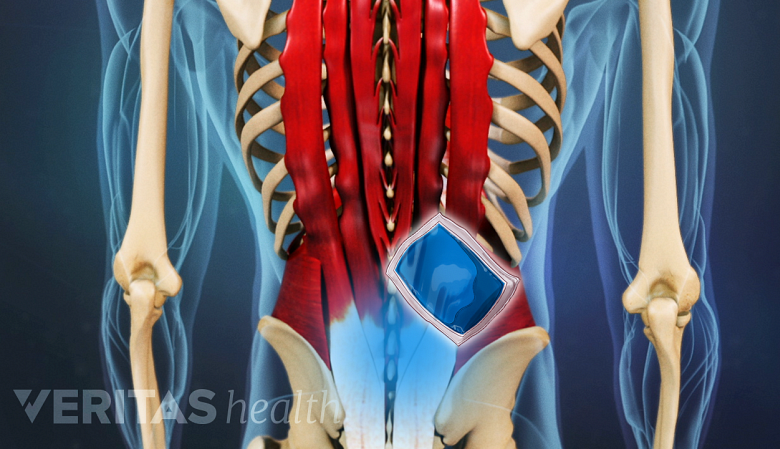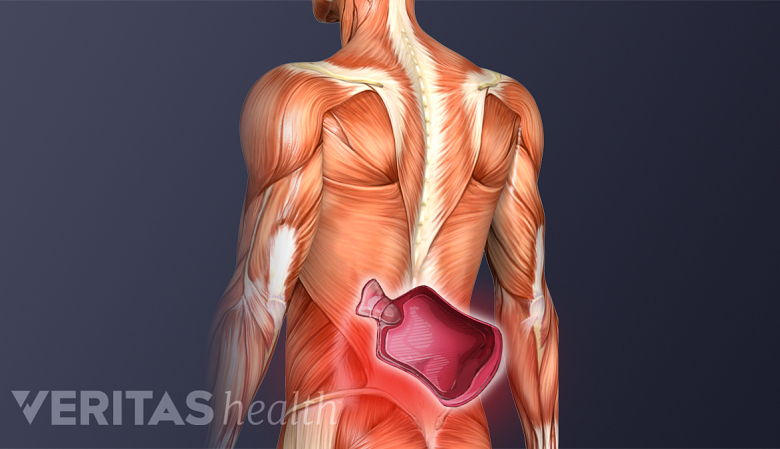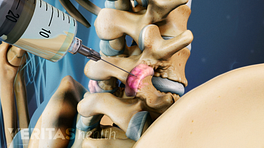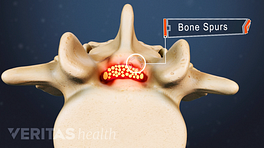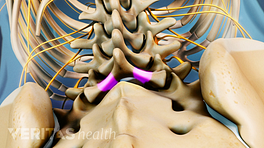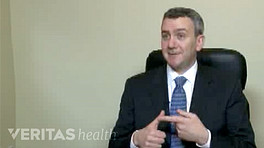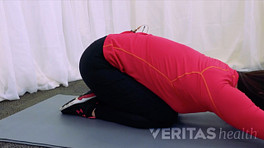A variety of pain management techniques may be incorporated from the comfort of one's home to effectively ease the pain and inflammation of lumbar spinal stenosis.
In This Article:
- Living with Lumbar Spinal Stenosis
- Exercises for Lumbar Spinal Stenosis
- Pain Management of Lumbar Stenosis
- Posture and Nutrition Adjustments for Lumbar Stenosis
Ice Treatments for Lumbar Stenosis
Ice therapy provides instant pain relief by constricting the blood vessels and numbing the affected area.
Icing the lower back after exercise is a common treatment of spinal stenosis of the lumbar spine. The goal of ice therapy is to numb the affected area and achieve temporary pain relief.
A frozen bag of peas works well for this purpose. Simply apply the cold pack for about 10 minutes at a time. If there is a lack of sensation in the lower back area, do not use ice or heat to avoid damaging the skin.
Heat Therapy for Lumbar Spinal Stenosis
Applying heat to the lower back increases blood flow, speeding up the healing process.
Heating over tight muscles in the lower back is often an effective way to achieve relief from spinal stenosis pain, as heating relaxes the muscles. Heating the affected area stimulates blood flow, which promotes and accelerates the healing process.
Hot water bottles, heating pads and heat wraps are just a few common household items that may be used to treat sciatica, back pain, leg pain and other symptoms related to lumbar stenosis.
Topical Pain Relievers and Massages for Lumbar Stenosis
Using a topical pain reliever (one that is applied directly to the skin) is another popular treatment for lumbar spinal stenosis. These creams or gels relieve pain through ingredients like salicylate, capsaicin, and menthol and are sold under brand names such as Bengay, Aspercreme, and Icy Hot. Remember that even though the pain reliever is topical, it is still a medicine. Use only as directed on the package.
Patients dealing with lumbar stenosis may also get a massage from a spouse or visit a massage therapist to help relieve tight, sore muscles in the low back and legs. If you have severe lower back pain, it is advisable to be checked by medical personnel before beginning massage therapy.
Pain Medications for Lumbar Stenosis
NSAIDs provide anti-inflammatory effects and help calm inflammation and pain in the back.
Since inflammation is a common component of spinal stenosis, patients may achieve pain relief from NSAIDs (non-steroidal anti-inflammatory drugs) such as aspirin or ibuprofin, e.g., Advil. A general pain reliever such as acetaminophen (e.g., Tylenol) may also be helpful.
If symptoms are severe, progressive or interfering with daily life, it is a good idea to have a discussion with the doctor to review different stenosis treatment options. The doctor may prescribe prescription medications, physical therapy and exercises, injections (including possible epidural steroid injections), and occasionally stenosis surgery.
